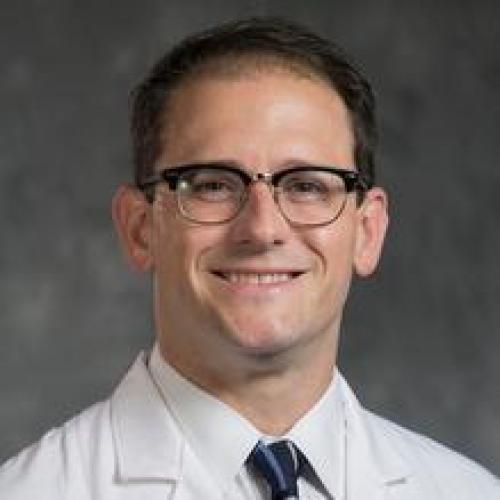
Decreased hernia recurrence using autologous platelet-rich plasma (PRP) with Strattice™ mesh in a rodent ventral hernia model.
BACKGROUND: Recurrence after ventral hernia repair (VHR) remains a multifactorial problem still plaguing surgeons today. Some of the many contributing factors include mechanical strain, poor tissue-mesh integration, and degradation of matrices. The high recurrence rate witnessed with the use of acellular dermal matrices (ADM) for definitive hernia repair has reduced their use largely to bridging repair and breast reconstruction. Modalities that improve classic cellular metrics of successful VHR could theoretically result in improved rates of hernia recurrence; autologous platelet-rich plasma (PRP) may represent one such tool, but has been underinvestigated for this purpose. METHODS: Lewis rats (32) had chronic ventral hernias created surgically and then repaired with Strattice™ mesh alone (control) or mesh + autologous PRP. Samples were harvested at 3 and 6 months postoperatively and compared for gross, histologic, and molecular outcomes of: neovascularization, tissue incorporation, peritoneal adhesions, hernia recurrence, and residual mesh thickness. RESULTS: Compared to control at 3 months postoperatively, PRP-treated rats displayed significantly more neovascularization of implanted mesh and considerable upregulation of both angiogenic genes (vEGF 2.73-fold, vWF 2.21-fold) and myofibroblastic genes (αSMA 9.68-fold, FSP-1 3.61-fold, Col1a1 3.32-fold, Col31a1 3.29-fold). Histologically, they also showed enhanced tissue deposition/ingrowth and diminished chronic immune cell infiltration. Peritoneal adhesions were less severe at both 3 (1.88 vs. 2.94) and 6 months (1.63 vs. 2.75) by Modified Hopkins Adhesion Scoring. PRP-treated rats experienced decreased hernia recurrence at 6 months (0/10 vs. 7/10) and had significantly improved ADM preservation as evidenced by quantification of residual mesh thickness. CONCLUSIONS: PRP is an autologous source of pro-regenerative growth factors and chemokines uniquely suited to soft tissue wound healing. When applied to a model of chronic VHR, it incites enhanced angiogenesis, myofibroblast recruitment and tissue ingrowth, ADM preservation, less severe peritoneal adhesions, and diminished hernia recurrence. We advocate further investigation regarding PRP augmentation of human VHR.
Duke Scholars
Published In
DOI
EISSN
Publication Date
Volume
Issue
Start / End Page
Location
Related Subject Headings
- Tissue Adhesions
- Surgical Mesh
- Surgery
- Recurrence
- Rats, Inbred Lew
- Rats
- Prostheses and Implants
- Postoperative Complications
- Platelet-Rich Plasma
- Models, Anatomic
Citation

Published In
DOI
EISSN
Publication Date
Volume
Issue
Start / End Page
Location
Related Subject Headings
- Tissue Adhesions
- Surgical Mesh
- Surgery
- Recurrence
- Rats, Inbred Lew
- Rats
- Prostheses and Implants
- Postoperative Complications
- Platelet-Rich Plasma
- Models, Anatomic

